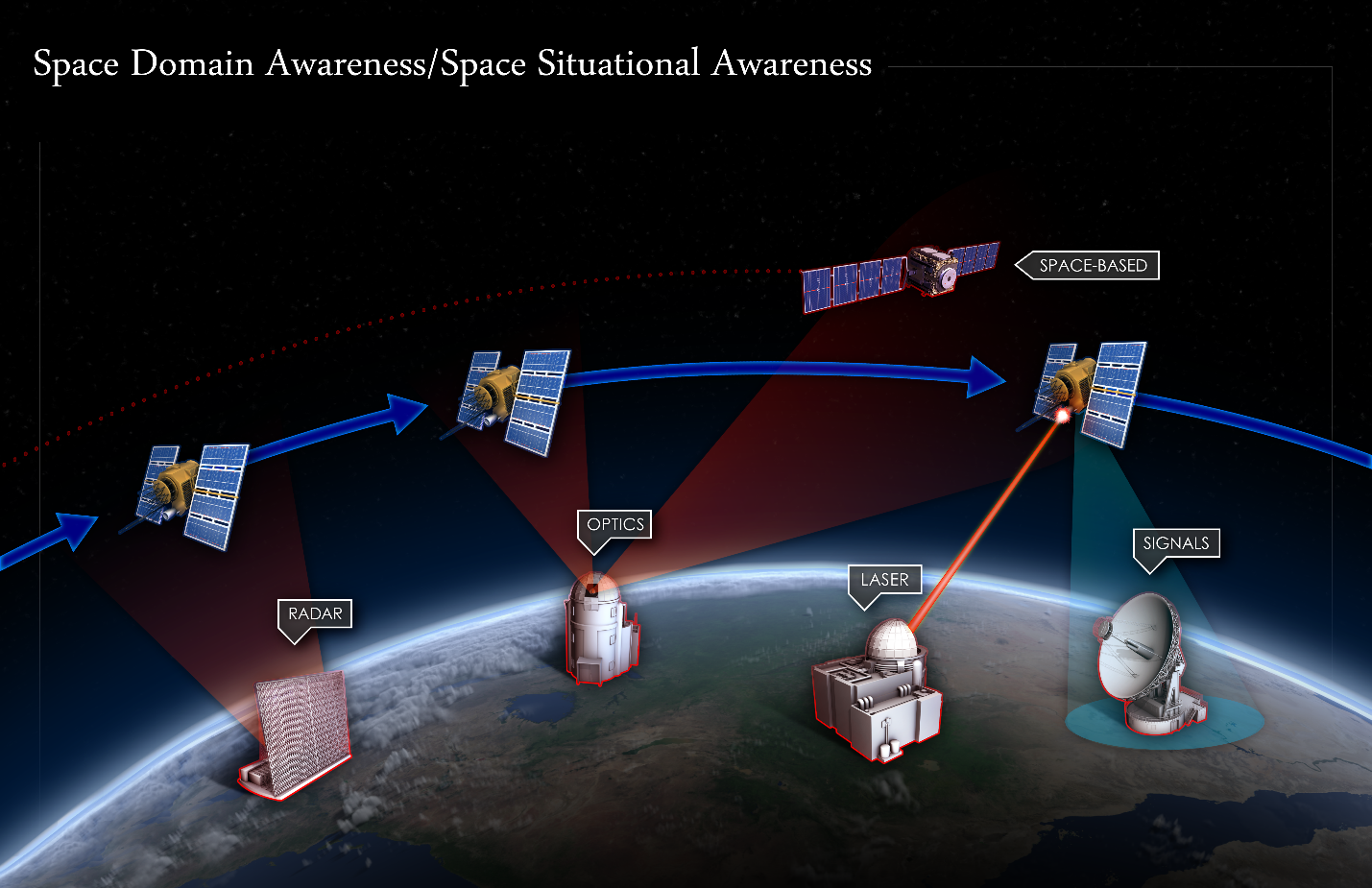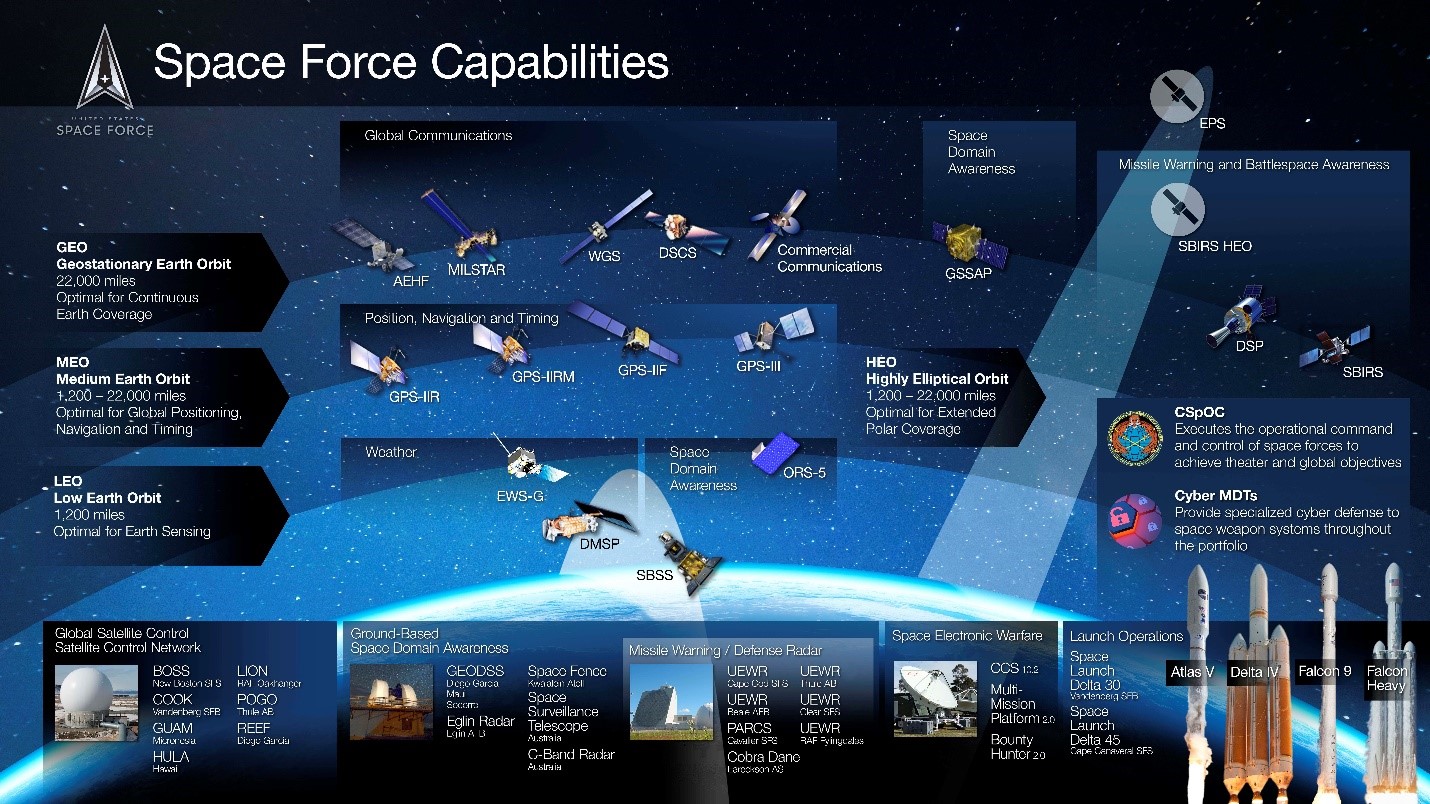Obviously, the major military contractors, like Lockheed Martin (NYSE: LMT), L3Harris (NYSE: LHX), and Northrop Grumman (NYSE: NOC) will be major players, since they’re also veterans of helping NASA with its civilian space programs since Gemini.
They have the history and street cred built up on the military side of things as well, and when it comes to building out discreet systems that can help with ISR, they will be go-to companies.
The goal will be to build systems that help put “eyes in the sky” to see what allies and enemies are doing at all times using various technologies.

On the other hand, space ISR isn’t the sole provenance of the US. There are other actors that are looking out for their own interests that may conflict with the goals of the US and its allies.
What’s more, as more nations put more satellites in space, security is going to become challenging, and usually that ends up getting aggressive.
This is why the US Space Force has been created.

Beyond all the complexity of all the satellites and rockets and various other technologies, the fact is that many private companies are also getting involved in Space Race 2.0.
The Space ISR aspect has cutting edge technologies that are being developed as you read this by entrepreneurs and veteran R&D departments in well respected companies and research facilities.
This provides investors with growing opportunities to take advantage of this emerging MegaTrend. As many of you know, private companies like SpaceX and Blue Origin are making significant inroads into Space Race 2.0 on both the civilian and security sides.
Companies like ViaSat (NASDAQ: VSAT), as well as other private companies, like Cobham Satcom, Kepler Communications, Pixxel, and Ramon.Space to name a few, are revolutionizing the possibilities beyond our atmosphere.

